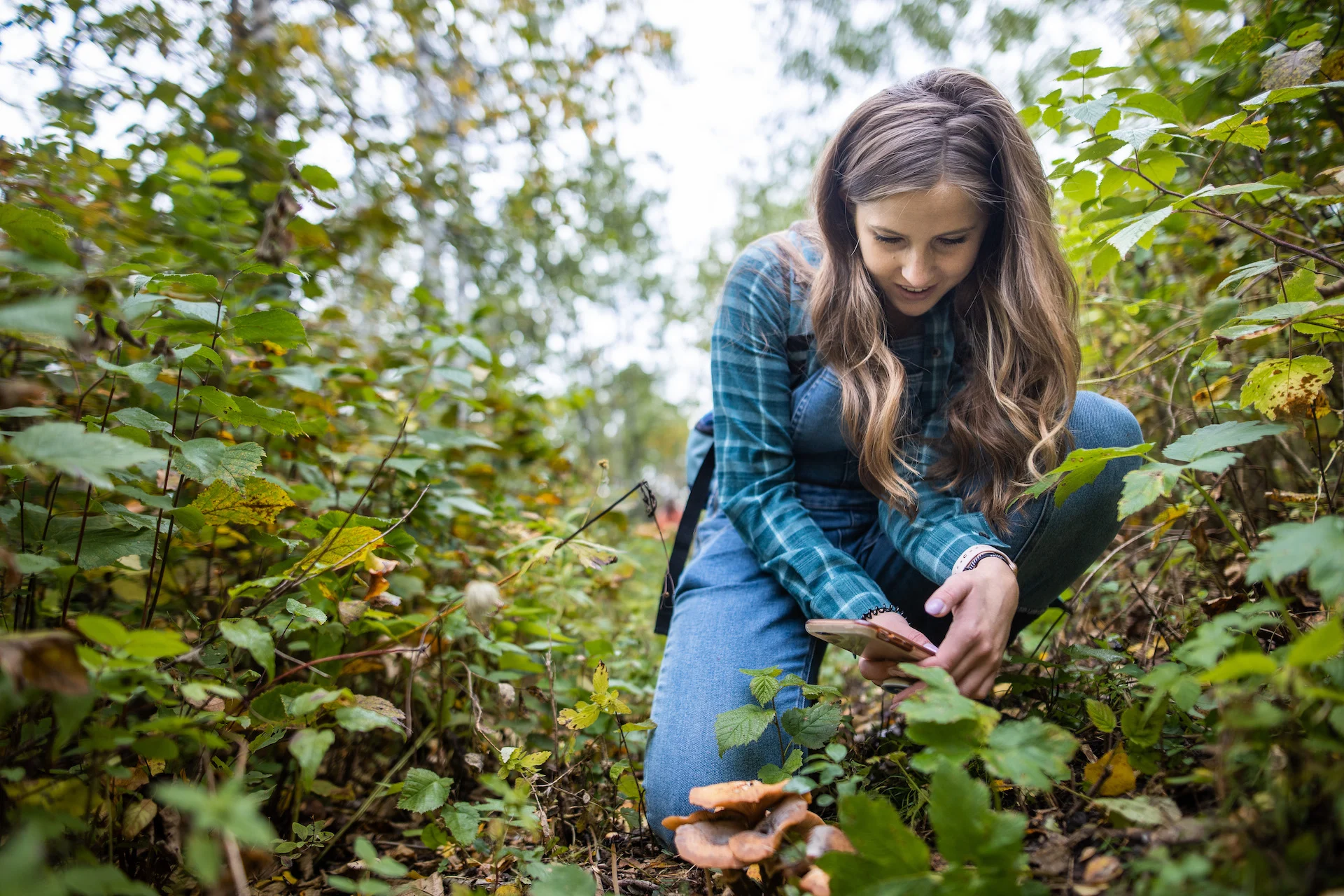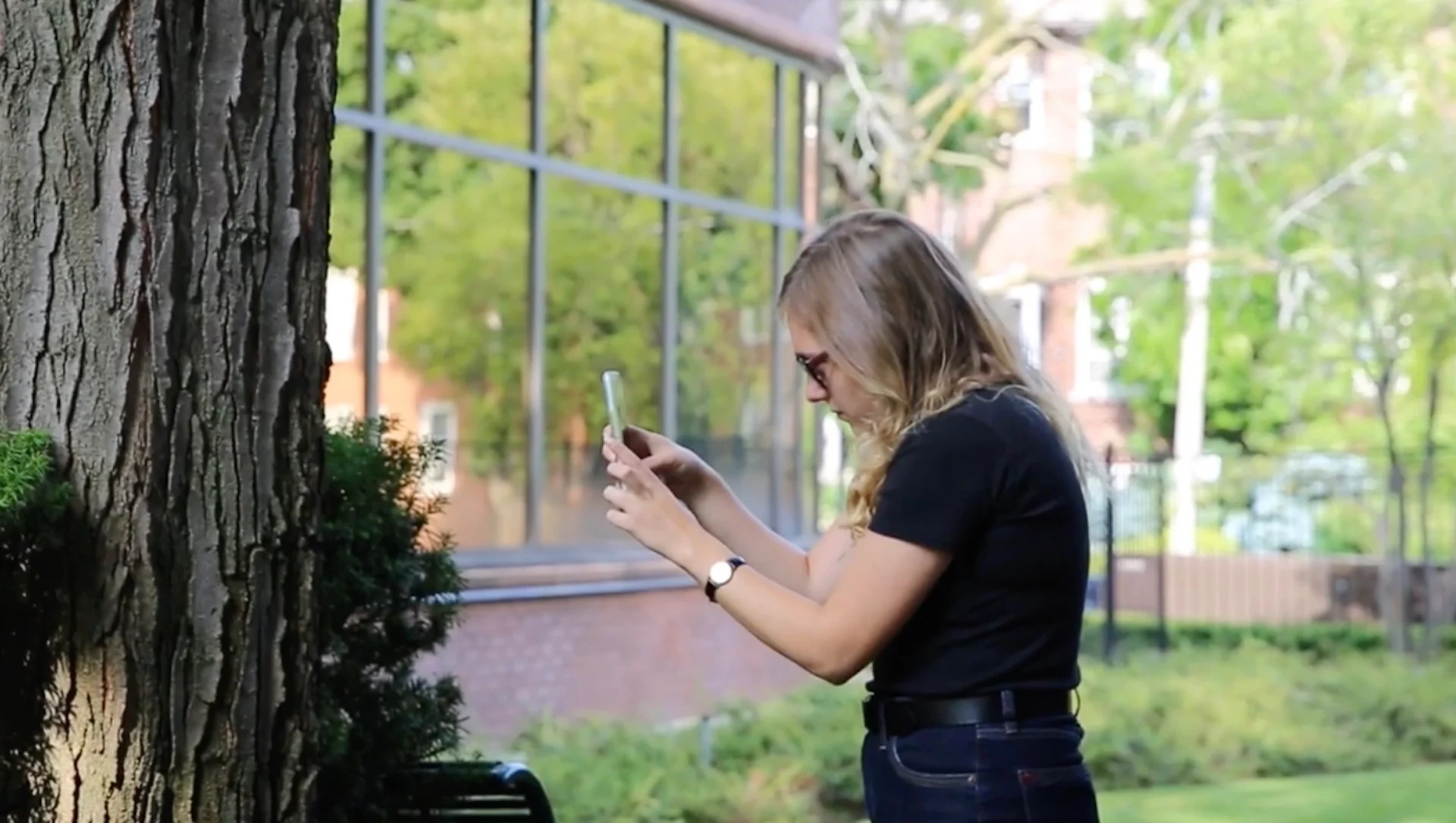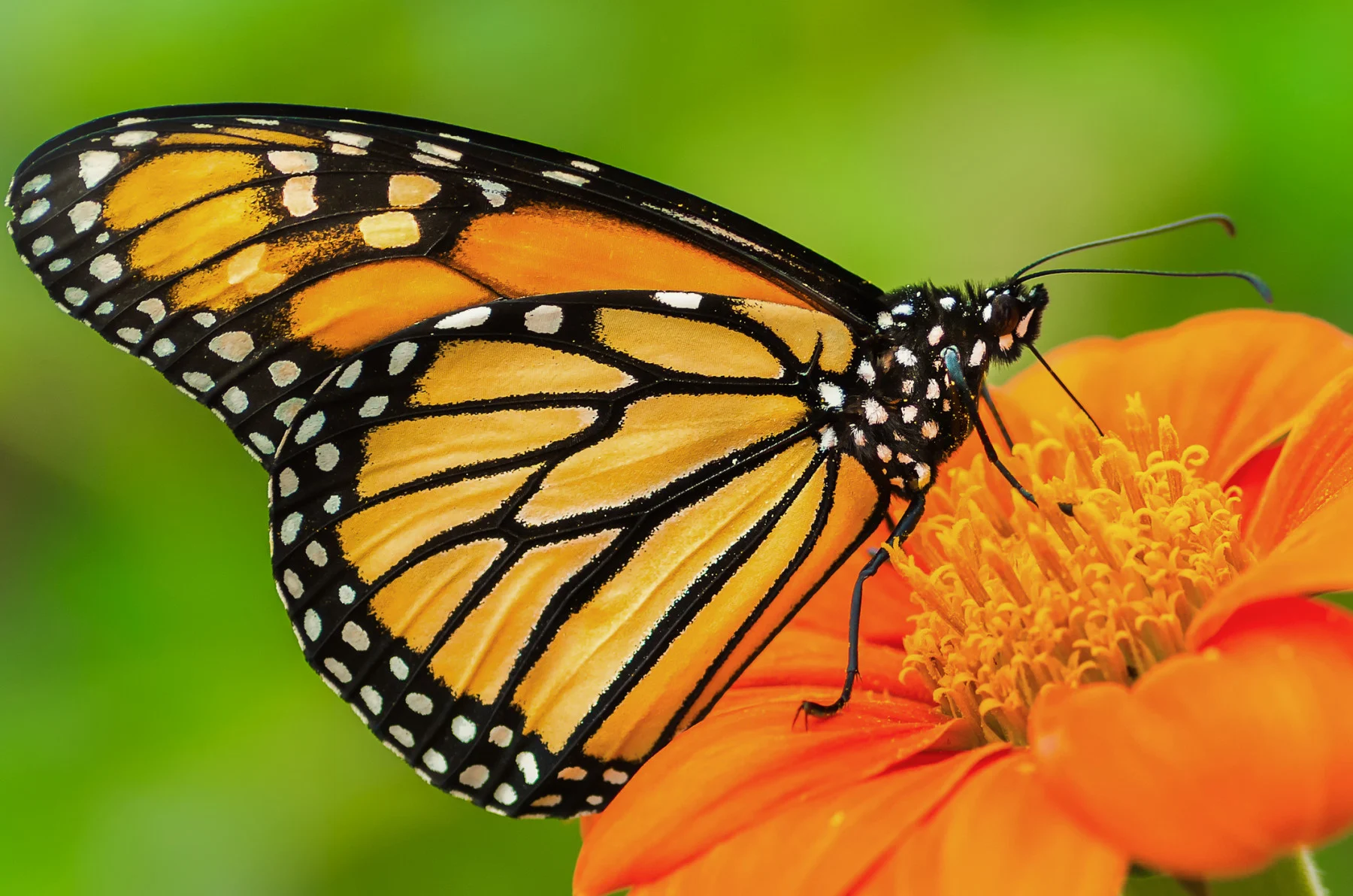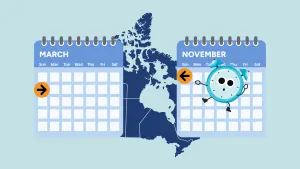
Rain or shine, play ‘I spy’ using your phone to help a big bioblitz
The photos and information recorded through the Nature Conservancy of Canada's annual Big Backyard BioBlitz will be of great support to scientists, conservation groups, governments and others who plan future protection and restorative efforts across the country.
Scientists can't be everywhere all the time to track our biodiversity, so that's why they look to Canadians to become their eyes and ears.
For example, every year their help is needed in a bioblitz -- a community-science effort to document as many species as possible within a specific area and time period.
MUST READ: Action needed as Canada loses nearly 300 football fields of grasslands daily
The Nature Conservancy of Canada (NCC)'s has been holding these blitzes for quite some time. This year, its fourth annual Big Backyard BioBlitz took place from Aug. 3-7. It is a simple but important task that sees people take photos of species with their phones and cameras.
Once registered at backyardbioblitz.ca, users will receive a step-by-step guide on how to participate, photography tips, information about species identification, and an entry to win a prize pack.
From there, people can then take photos of species they find and submit their observations to one of the largest crowdsourced species inventories in Canada, iNaturalist.
Users can document any species they observe, including birds, mammals, fish, plants, and insects. In Ontario, some important species to watch for include the eight endangered species of turtles found throughout the province, pollinators such as bees, butterflies and wasps, and invasive plants such as phragmites, giant hogweed, and garlic mustard.

(Nature Conservancy of Canada)
"It's really important to do these events every year, partly because it's great for people getting out into nature and learning about species and learning to appreciate the natural world around them," said Kristyn Ferguson, NCC program director, in a recent interview with The Weather Network. "Also, folks are playing a really important part in collecting citizen science data, which is actually driving these huge databases of information that researchers can tap into."
While the blitz finished on Monday, Aug. 7, people can continue to submit their photos through the week as the site will remain accessible for those who didn't have a chance to upload visuals over the holiday weekend.
Event plays 'crucial role' for helping scientists
Observations can help scientists gather intel on the local biodiversity, track rare species and fight invasive ones. Scientists want as much information as possible about Canada's plant and animal species with people's assistance. NCC will compile all of the information that is gathered about species populations and locations.
The data will then be made available for scientists and conservation planners, who can use the findings to inform future protection and restoration efforts and strategies.
Ferguson said the blitz is "playing a crucial role" in aiding scientists and conservation groups.

(Letian D./Getty Images)
"We can start to learn about the whole suite of species in all the different types of systems. And that's everything from the bugs to the birds, to the mammals, [to the plants], and whatever you can spot and hear when you're out and about," said Ferguson.
"Over time, we can help identify trends and populations, and sort of learn how the world around us is changing. There's so much information to be gained from this type of activity."
She noted the monarch butterfly was one of the most recorded species last year, so it is of special interest to scientists and environmental groups since it is a species at risk in Canada. NCC is also particularly interested in the sightings of endangered and invasive species across Canada.
WATCH: How a map could help keep mammals protected
"So those [may have] have been brought over by Europe or Asia, by accident or on purpose...and might be running amok in our local ecosystems," said Ferguson. "The more we can be aware of where and how much that's happening, all the better to inform good habitat and ecosystem management."
She said the iNaturalist app is "a low-barrier way of getting involved."
"Every time you get out, you learn something new, you see something new, and you connect to nature in a different way. That's going to bring people in Canada along on the journey of caring about conservation, and making sure that we're protecting and conserving as much of our natural world as possible," said Ferguson.

(Connor O'Donovan/The Weather Network)
Participants with children can enhance their BioBlitz experience by downloading activity sheets, including word searches, bingo cards, matching games and colouring pages.
"It's a great and fun way to get outdoors and really know that you're contributing to science [that is] helping all of us understand our natural world a little bit better, [which is] more important now than ever," said Ferguson.
Thumbnail courtesy of Brent Calver/Nature Conservancy of Canada.
Follow Nathan Howes on Twitter.










